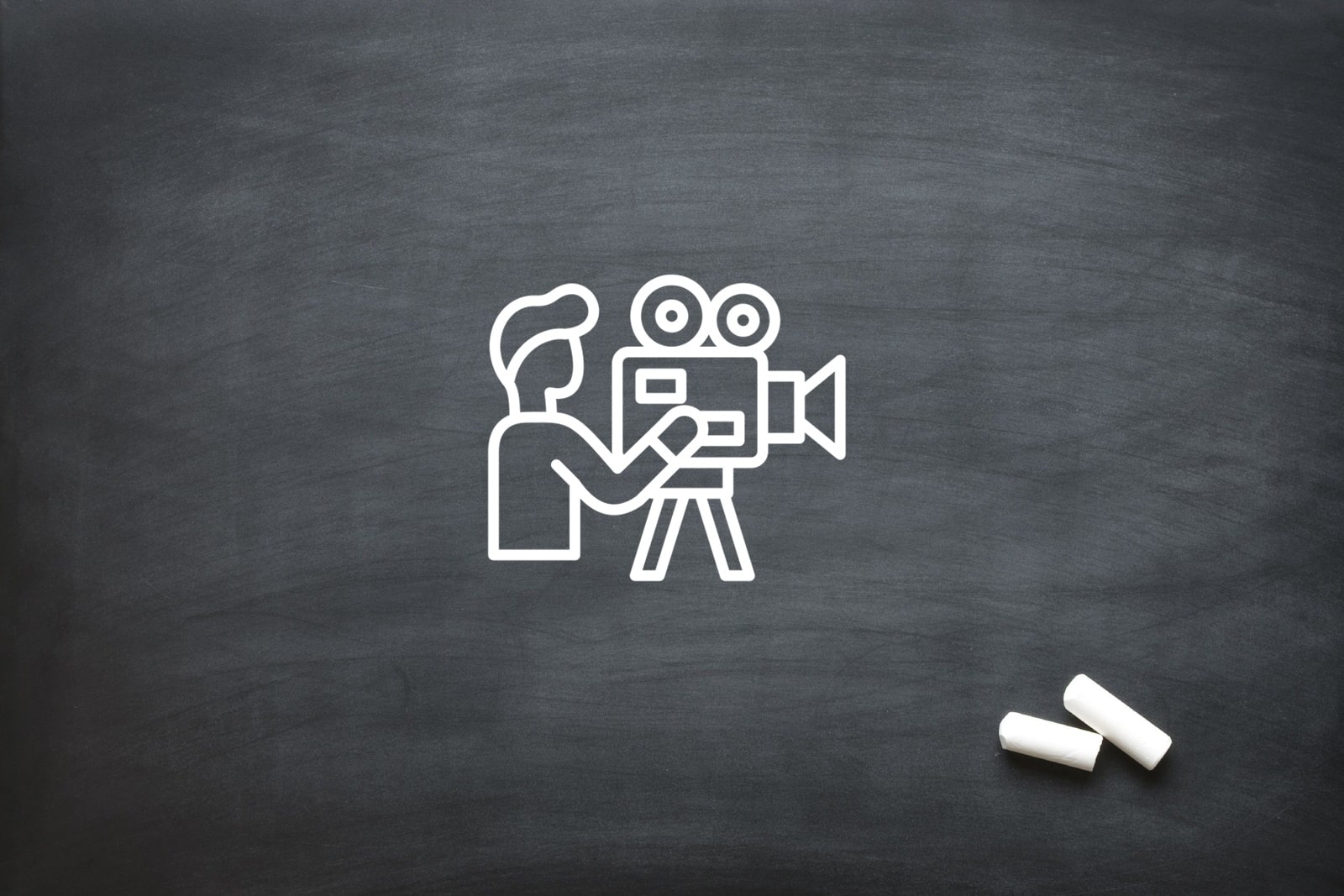
Innovative Narratives in Documentaries
Micro‑documentaries have rapidly evolved into a powerful tool within creative video productions. Typically under ten minutes long, they are designed to deliver high-impact storytelling for digital-first audiences. With short‑form content now accounting for the majority of global internet traffic, micro‑documentaries present an opportunity for brands, agencies, and creators to engage viewers meaningfully within limited timeframes. The success of these films lies not merely in brevity but in how creatively their stories are structured. Experimental narrative techniques allow filmmakers to maximise emotional and thematic resonance, turning a short viewing experience into a lasting memory.
Recent studies have shown that audiences respond more deeply to authenticity and emotional nuance rather than pure information delivery. This makes experimental narrative forms particularly effective. From non‑linear timelines to poetic structures, each approach offers a unique way to expand narrative meaning beyond traditional documentary confines. For creative video productions looking to drive higher retention, brand affinity, or social impact, these techniques provide a robust framework for innovation and differentiation in today’s saturated content landscape.
Non‑Linear Timelines
Non‑linear timelines are a cornerstone of experimental storytelling in creative video productions. By presenting events out of chronological order, filmmakers can build intrigue, reveal backstory dynamically, and evoke deeper emotional responses. This structure allows viewers to engage with the documentary in an investigative way, piecing together meaning as they watch. For instance, opening with a climactic moment and then revisiting earlier events to explain how it unfolded can build tension and encourage continued engagement.
Additionally, non‑linear storytelling fosters thematic connections between disparate time periods, offering layered insights into character or context. In micro‑documentaries where time is limited, this approach delivers powerful narrative efficiency by embedding exposition within emotional beats rather than allocating separate explanatory scenes. Creative video productions employing non‑linear timelines ultimately offer richer viewer experiences that align with modern consumption habits of curiosity-driven, fragmented media exploration.
Circular Storytelling
Circular storytelling is another highly effective structure used in creative video productions. This approach begins and ends at the same narrative point, creating a sense of thematic closure and emphasising cyclical elements within the story. In micro‑documentaries, this technique is powerful for exploring themes like generational cycles, repeating histories, or enduring routines. For example, beginning and ending with a subject performing the same task can leave viewers with a sense of continuity or inevitable repetition.
Such structures also support strong emotional resonance. Viewers are left with a mirrored reflection of the beginning, encouraging deeper contemplation of what has changed, evolved, or remained the same. In creative video productions focused on environmental sustainability, social cycles, or cultural traditions, circular storytelling becomes a natural choice to emphasise interconnectedness and continuity, anchoring even abstract narratives within a powerful structural frame.
Reverse Storytelling
Reverse storytelling presents events in backward sequence, revealing causes only after effects. In creative video productions, this technique can be transformative for portraying stories of loss, recovery, or transformation. By showing the outcome first, viewers are compelled to pay attention as the story unfolds to reveal how that ending came to be. It generates an immediate hook and builds curiosity-driven momentum, making it ideal for short-form documentary content.
Furthermore, reverse storytelling challenges linear thinking, encouraging viewers to reframe causality and empathy. Seeing an individual in an empowered state and then tracing back to their struggles can foster admiration and connection more effectively than traditional chronological approaches. This narrative strategy in creative video productions drives engagement and can highlight overlooked aspects of social issues or personal journeys, leaving a memorable cognitive and emotional imprint.
Parallel Narratives
Parallel narratives intercut two seemingly unrelated stories that converge thematically. In creative video productions, this structure builds narrative richness by showing viewers different perspectives on a shared theme. For example, juxtaposing a beekeeper’s daily routine with that of an urban traffic controller may at first appear unrelated, but both narratives can illuminate ideas of community interdependence and structured chaos.
This approach fosters layered storytelling, maintaining attention by allowing viewers to draw connections themselves rather than having messages spelled out. Parallel narratives are also effective in micro‑documentaries aiming to bridge cultural or social divides. They can humanise abstract themes by showing diverse yet connected experiences, which is critical for creative video productions aiming to evoke empathy, provoke thought, and inspire action within a short viewing time.
Fragmented Montage
Fragmented montage is a poetic, abstract storytelling technique relying on disconnected visuals and sounds to evoke emotion rather than explain. In creative video productions, especially micro‑documentaries, fragmented montage can create powerful atmospheric experiences within minimal runtime. Rather than following a linear plot, it assembles sensory moments to build mood, tone, and feeling.
This structure invites viewers into interpretative engagement, fostering personal meaning-making rather than passive consumption. By juxtaposing unrelated images, snippets of dialogue, and ambient soundscapes, filmmakers create an immersive narrative texture that traditional structures may lack. For creative video productions focusing on advocacy, art, or experimental branding, fragmented montage is a potent tool for creating memorable impact and a sense of authenticity without explanatory overreach.
First‑Person Perspective
First‑person perspective structures the entire documentary from the subject’s viewpoint, using direct narration or wearable cameras. This approach in creative video productions builds powerful immediacy and immersion. Viewers feel they are experiencing events through the subject’s eyes, fostering deep empathy and understanding. This is particularly effective for topics involving marginalised communities, frontline professions, or intimate experiences.
Additionally, first‑person perspective removes the perceived distance between viewer and subject, creating authentic emotional resonance in a short time. Creative video productions employing this structure often use it to break barriers between content and audience, delivering not just information but a lived human experience. As attention spans shorten, such direct immersive methods are crucial for impactful micro‑documentary storytelling.
Poetic Structure
Poetic structure in micro‑documentaries prioritises mood, tone, and visual rhythm over plot or information. For creative video productions, this means creating films that feel like visual poems—evoking feelings rather than telling stories in a conventional sense. This is particularly effective for topics that are abstract or emotive, such as grief, identity, or environmental awe.
By focusing on visual motifs, recurring sounds, and sensory cues, poetic structure allows filmmakers to convey experiences that words alone cannot. Viewers leave with an impressionistic understanding rather than a factual one. In creative video productions aiming to engage audiences on an intuitive and emotional level, the poetic structure is invaluable for building brand affinity, cultural value, and long-term memory.
Interactive Branching
Interactive branching allows viewers to choose narrative paths, creating multiple potential experiences within a single micro‑documentary. Though complex to implement, this technique enhances engagement by transforming passive viewers into active participants. In creative video productions, it can personalise storytelling for each viewer, increasing retention and emotional impact.
Moreover, interactive branching is ideal for educational, community, or advocacy-focused documentaries. It provides viewers with agency, leading to deeper cognitive and emotional involvement with the content. Creative video productions utilising this approach can craft multiple narrative threads that converge to a central theme, broadening audience reach and ensuring that each viewing remains fresh, unique, and shareable.
Single‑Location Deep Dive
Single-location deep dives explore one space from multiple angles and times, revealing hidden layers of meaning. In creative video productions, this approach transforms ordinary settings into multidimensional narrative canvases. For example, filming a town square at dawn, midday, and night while focusing on different individuals can uncover layered stories of community life.
This structure is effective in micro‑documentaries aiming to create place-based storytelling, fostering a sense of belonging and context. By revisiting the same space under different circumstances, creative video productions can craft powerful thematic contrasts and connections, elevating narrative impact while maximising visual efficiency within a short runtime.
Hybrid Fiction–Documentary
Hybrid fiction–documentary combines scripted scenes with real footage, blurring the line between reality and constructed narrative. This experimental structure is increasingly used in creative video productions to convey truth while enhancing emotional engagement. Fictional recreations can illuminate abstract truths, while documentary footage grounds the narrative in reality.
Such an approach adds depth and artistic dimension, allowing micro‑documentaries to evoke complex emotional responses. For brands and agencies, hybrid structures in creative video productions can humanise statistics, build narrative tension, and create immersive storytelling experiences that remain rooted in authenticity, driving credibility and viewer trust.
Experimental narrative structures provide micro‑documentary filmmakers with an expansive toolkit to create impactful and memorable content. Techniques such as non‑linear timelines, poetic structures, and interactive branching can transform traditional storytelling into innovative, emotionally resonant experiences that align with modern viewer expectations. As creative video productions become an essential part of brand and advocacy communication, adopting these structures ensures relevance, differentiation, and meaningful audience connection.
If you’re ready to craft micro‑documentaries that break convention and leave a lasting impression, contact us at Oliver Karstel Creative Agency. We’ll work with you to bring innovative narrative structures to life in your next creative video productions.






